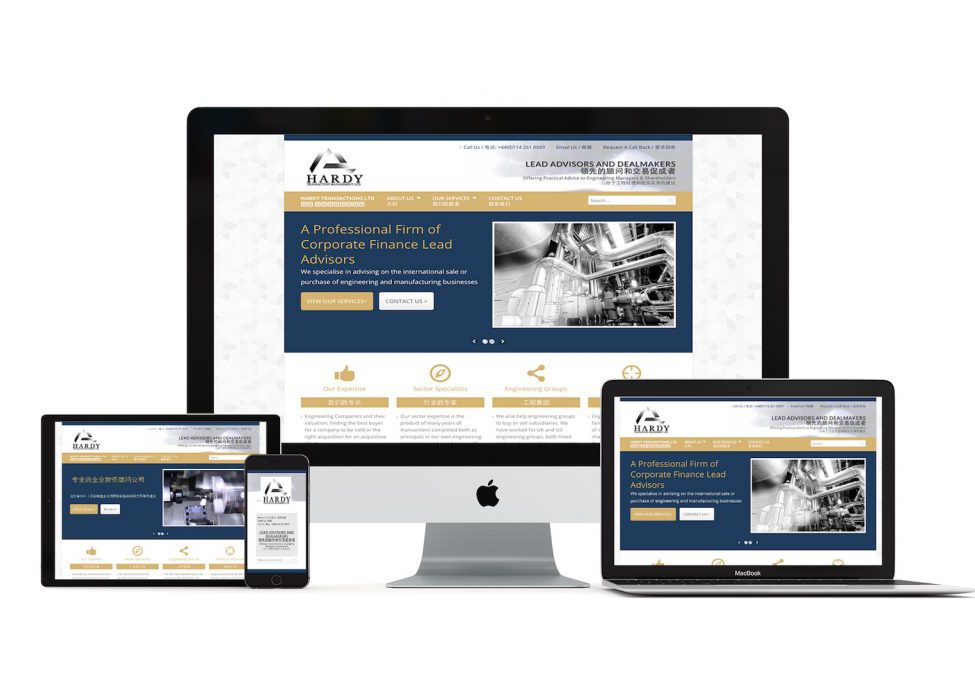Crucial Tips for Optimizing Your Site with Web Design Johannesburg Ideal Practices
Crucial Tips for Optimizing Your Site with Web Design Johannesburg Ideal Practices
Blog Article
Comprehending the Secret Principles and Ideal Practices of Modern Internet Style to Achieve Online Success
In the ever-evolving landscape of electronic existence, understanding the vital principles and ideal methods of modern web style is critical for companies aiming for on-line success. By prioritizing individual experience through elements such as receptive layout, visual pecking order, and effective Search engine optimization combination, businesses can produce available and appealing websites.

Value of Individual Experience
Although lots of variables add to successful internet layout, the value of individual experience (UX) attracts attention as a critical component that can dramatically influence customer interaction and fulfillment. UX includes all aspects of a customer's interaction with an internet site, from the aesthetic design to the navigational structure and material availability. A well-crafted UX makes certain that customers can easily locate the information they look for, consequently lowering frustration and increasing the chance of return sees.
Efficient internet layout focuses on usability, ensuring that customers can navigate easily and without effort recognize how to connect with different elements. This consists of integrating clear contact us to action, practically organized web content, and responsive feedback systems that guide individuals via their journey on the website (web design Johannesburg). Additionally, the emotional aspect of UX plays an essential role; a natural and aesthetically attractive layout fosters a feeling of trust fund and dependability, encouraging individuals to involve even more deeply with the content
Inevitably, buying individual experience not just enhances fulfillment but likewise enhances conversion prices, as users are more probable to complete preferred activities when their experience is seamless and pleasurable. Focusing on UX is vital for attaining on-line success in today's affordable landscape.
Responsive Design Basics
The significance of receptive layout depends on its ability to develop adaptable internet experiences that provide to a varied series of tools and display dimensions. This concept makes sure that websites are visually appealing and functionally efficient, regardless of whether they are accessed on a tablet computer, mobile phone, or desktop computer system.
To achieve this versatility, designers employ flexible grids, liquid images, and media questions, which readjust the design based on the customer's tool features - web design Johannesburg. This method not only boosts functionality however also boosts access, making certain that all users can browse and engage with the material seamlessly
Integrating responsive style is critical for contemporary web advancement, as it lines up with individual expectations and improves interaction. Eventually, a well-executed responsive style method brings about raised website traffic, lower bounce rates, and higher conversion rates, solidifying its role as a foundation of effective website design.
Search Engine Optimization and Web Layout Assimilation
Integrating SEO with website design is essential for creating an effective on the internet visibility, as it ensures that internet sites not just draw in site visitors however likewise supply a seamless customer experience. Efficient SEO strategies start at the style stage, where components such as site style, link structure, and mobile responsiveness play pivotal duties in enhancing presence on search engines.
A well-structured site is vital for both customer navigation and internet search engine crawling. Making use of semantic HTML tags assists search engines recognize the content hierarchy, while detailed URLs boost click-through rates. In addition, enhancing page tons rate with layout choices can dramatically influence individual retention and search positions.
Content needs to be strategically put within the design to prioritize crucial information, making certain that both users and internet search engine can easily description access pertinent content. In addition, incorporating key phrases naturally into headings, photo alt texts, and meta summaries better aligns the design with search engine optimization objectives.
Visual Power Structure and Visual Appeals
Establishing a clear visual pecking order is crucial for efficient internet design, as it guides users' focus and boosts their total experience. A well-structured aesthetic hierarchy permits customers to easily browse via web content, emphasizing crucial info while preserving a visually pleasing design. This entails tactically utilizing size, shade, spacing, and comparison to create a clear difference in between numerous aspects on the page.
Larger font styles normally indicate headings or essential information, while smaller sized message can signify additional web content. Shade can be utilized not only to attract attention however also to develop a natural brand identity. High contrast in between text and background more aids readability, making sure that individuals can quickly discern the details provided.
Ultimately, incorporating these principles of visual power structure and aesthetic appeals not just boosts functionality yet also strengthens the general brand name message, fostering a favorable partnership between the individual and the web site. In this means, clear aesthetic hierarchy becomes a keystone of modern web design.
Availability in Modern Layout

Trick principles consist of offering alternative message for images, making certain adequate shade comparison, and allowing keyboard navigation. These techniques enable customers with aesthetic disabilities why not find out more to access material meaningfully and facilitate interaction for those with flexibility challenges. Furthermore, employing semantic HTML assists display readers translate web frameworks precisely.
In addition, ease of access advertises far better usability for all customers, enhancing general customer experience and engagement. It can additionally enhance seo (SEARCH ENGINE OPTIMIZATION), as available internet sites usually rate greater due to clearer material structures.
Inevitably, focusing on accessibility in website design not just satisfies legal and honest commitments yet also broadens the audience reach, promoting inclusivity and boosting brand name credibility. By incorporating accessibility into the design process from the beginning, internet designers can create much more equitable digital environments that encourage everyone to participate fully.
Conclusion
In final thought, the principles and best techniques of contemporary web layout are necessary for achieving online success. Prioritizing customer experience with receptive layout, efficient SEO assimilation, and a well-defined aesthetic hierarchy improves engagement and access.
By prioritizing user experience with elements such as receptive style, aesthetic pecking order, and reliable SEO combination, browse this site companies can develop available and interesting websites.Although several elements add to effective web style, the value of user experience (UX) stands out as a critical aspect that can dramatically influence individual interaction and fulfillment.Reliable web style focuses on use, ensuring that individuals can browse with ease and intuitively comprehend just how to engage with different aspects.Establishing a clear visual pecking order is crucial for effective web design, as it guides customers' interest and boosts their overall experience. Focusing on user experience via responsive design, effective SEO combination, and a well-defined aesthetic pecking order improves engagement and availability.
Report this page